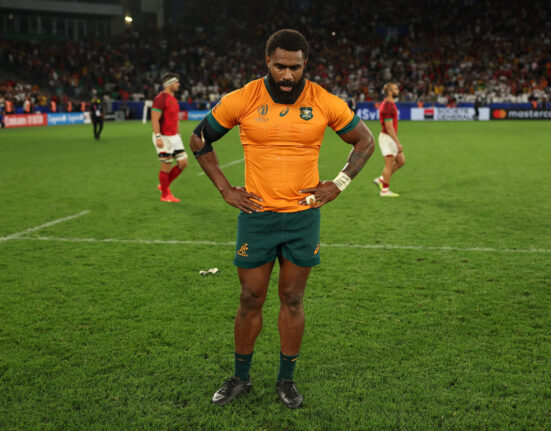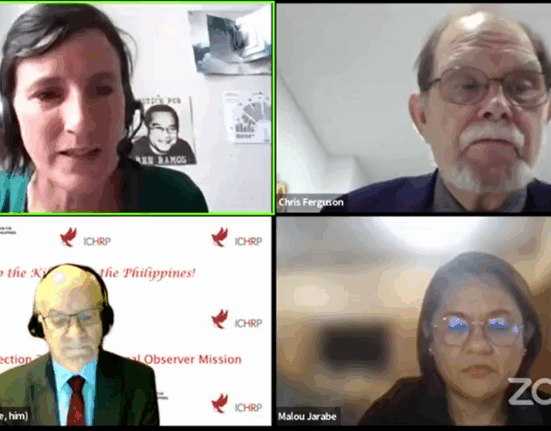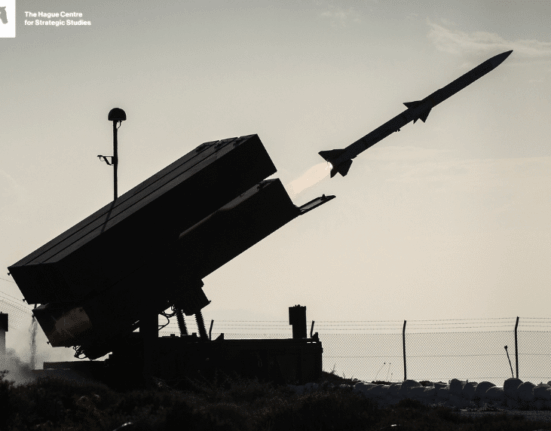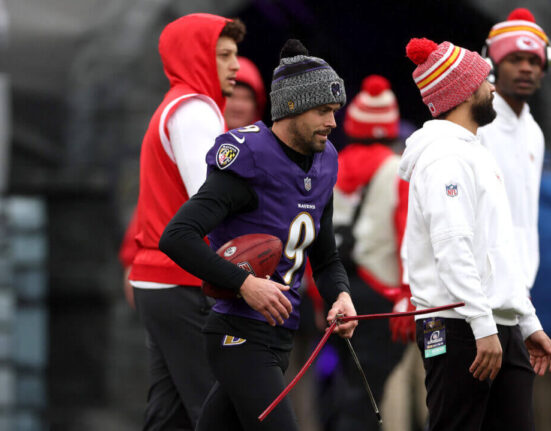Vaping has been a hot topic in Australia, especially among young adults and high schoolers. With the government’s ban on vapes, Health Minister Mark Butler believes that the country is making progress in curbing youth smoking.
Illegal vapes have seen a significant price hike due to the ban, soaring from around $25 to between $50 and $60. These fruity-flavored puffers, once readily available at tobacco and corner stores, can now only be legally purchased as anti-smoking aids at pharmacies. The crackdown on importation and sales has led to a decrease in vaping rates among young adults and high school students.
According to the Cancer Council’s Generation Vape report, which provides comprehensive insights into vaping trends in Australia, the rate of vaping has dropped significantly. Among 18-24-year-olds, the rate has halved from early 2023 to present. Even among 14-17-year-olds, there was a noticeable decline in vaping rates towards the end of last year.
Alecia Brooks from the Cancer Council highlighted how easy access to vaping products influenced young people’s perceptions of its safety. She noted that public education campaigns and media coverage played crucial roles in steering young individuals towards healthier choices.
The report also revealed a positive trend where 60% of young people expressed their desire to quit vaping within the next month—a substantial increase from previous findings. This shift indicates a growing awareness among youth about the potential risks associated with vaping.
Despite these positive developments, challenges persist in combating illegal tobacco sales fueled by organized crime groups seeking profits from vapes. Pharmacies are now permitted to sell non-flavored vapes; however, many are hesitant to do so. Consequently, cigarette smokers looking for alternatives face limited options amid rising illegal tobacco sales.
Health Minister Mark Butler emphasized that eradicating vaping issues would take time and concerted efforts targeting youth addiction prevention. He underscored concerns about misleading marketing tactics by big tobacco companies promoting vapes as safe alternatives while neglecting their harmful contents.
Anne Ruston from the Coalition criticized delays in cracking down on the black market trade of vapes and illicit tobacco products—an issue that continues to plague major cities like Melbourne with incidents of store firebombings. The government faces revenue shortfall due to illegal tobacco sales impacting tobacco excise estimates.
Looking ahead, policy discussions revolve around taxing vapes and creating regulated industry frameworks similar to other countries—a move expected to generate substantial revenue for federal budgets over four years. While both major political parties support reducing vape consumption among youth for public health reasons, they remain cautious about unintended consequences benefiting criminal syndicates profiting from illegal vape sales.
In conclusion, Australia’s battle against youth vaping reflects ongoing efforts by policymakers and health authorities to safeguard public health amidst evolving smoking trends and emerging challenges posed by illicit markets.









Leave feedback about this